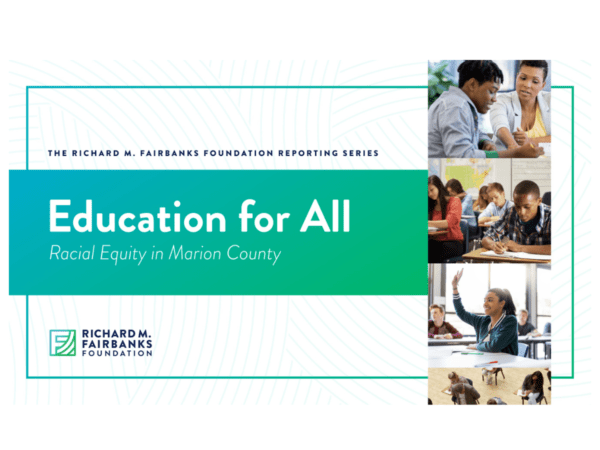Since the 2021 release of the initial Education for All report, which underscored racial disparities in education in Marion County, new data show gaps in outcomes between Black and Hispanic students and their white peers have widened further, due in large part to the pandemic.
When study after study and multiple state assessments demonstrate these gaps persist, one thing is clear: new approaches are urgently needed to meaningfully address racial disparities in education. Community leaders across every sector must work together with focused intention to close gaps for Black and Hispanic students. If we don’t, all of Indiana will suffer.
The good news is research shows there are ways we can make genuine inroads. The updated 2022 Education for All report and this issue of Vitality Magazine lay out three specific, actionable recommendations stakeholders can implement to help ensure Marion County becomes a place where all children, regardless of background, are provided an equal opportunity to receive a high-quality education that leads to a better quality of life for all.



